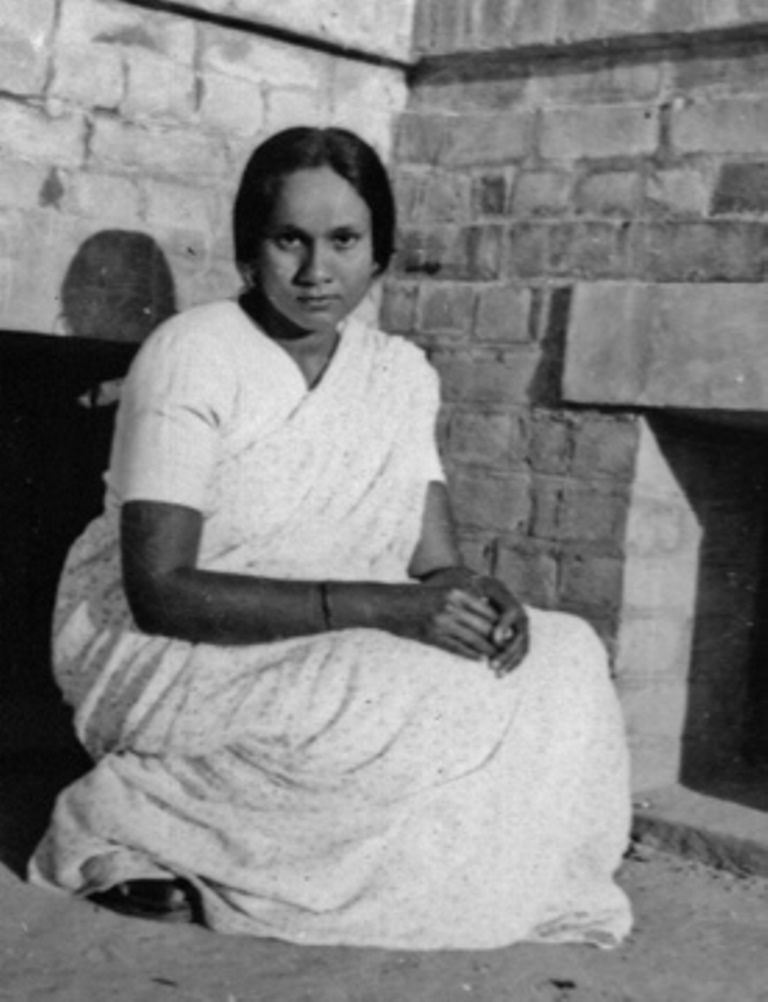By Hannah Chowdhry
We share an account of the remarkable life of Esther John who was chosen to represent South Asian Christians amongst the Ten Modern Day Martyrs, above Westminster Abbey’s Great West Door. These ten statues represent Christians who gave up their lives for their beliefs and include more well known figures such as Dr Martin Luther King Jr (click here) and Oscar Romero (click here). Read more (here).
The Ten Modern Martyrs were installed on 9th July 1998 only two months after another the death of famous Catholic Martyr, Bishop John Joseph (15 November 1932 – 6th May 1998). At the time media groups portrayed his death as a suicide to raise the plight of persecuted Christians in Pakistan, a phenomenon that still pervades in articles about his death (click here). My grandmother Helen Chowdhry was one of his cousins and they always felt that the circumstances of his death were suspicious and he was in fact assassinated, a fact that many Pak-Christians hold to (click here).
The statues were inaugurated at a service presided over by the Archbishop of Canterbury and attended by relatives, many church leaders and representatives of different faiths. The Duke of Edinburgh, grand nephew of Grand Duchess Elizabeth, attended with HM Queen Elizabeth II.
Remembering Esther John (14th October 1929 – 2nd February 1960)
Esther John was born on 14th October 1929, and was one of seven children.
Her parents who were quite wealthy Muslims originally named her Qamar Zia and as child she attended a government school, in Madras. By the age of seventeen however, she was transferred to a Christian school.
There she saw the love of Christ in her teacher and came to understand the Good News through scripture lessons. As a girl, she became a secret believer in Jesus Christ. Fearful of being ostracised by her family and community, she would read her Bible at night under the covers, using a flashlight.
When India was partitioned Qamar Zia moved with her family into the new state of Pakistan. Here she made contact with a missionary, Marian Laugesen in Karachi. Laugesen, at her request, passed on to her a New Testament. Her Christian faith grew privately, even secretly.
When her family sought to compel her to accept an arranged marriage, she fled to Karachi and sought help from Laugesen. Who helped her find work at an orphanage.
Her family found out where she was living and demanded that she follow tradition and marry at her parents request.
So on 30th June 1955 she took a train north to Sahiwal, in the Punjab. Here she lived and worked in a mission hospital, stayed with the first Anglican bishop of Karachi, Chandu Ray, and celebrated her first Christmas. This is also the time when Qamar Zia was baptised and took on the name Esther John.
Local Christians soon recognized her gift and call as an evangelist. Esther Jon began to attend Gujranwala Theological Seminary and United Bible Training Centre, in September 1956, to fulfil her vocation.
Almost three years later, In April 1959 she completed her studies and moved to Chichawatni, some thirty miles from Sahiwal, where she lived with the Whites who were a veteran American Presbyterian missionary couple.
Esther often rode her bicycle out to the villages to visit people in their homes and in the fields, teaching the Christian faith to women and girls. She was an educationalist and would also teach women to read and write. She would also help them in their work by joining them collecting cotton in a field. She was a popular well-loved local personality.
On the morning of 2nd February 1960, Mrs. White called Esther to breakfast. “Esther, your breakfast is ready,” but there was no answer. When she entered Esther’s room she found her lying on her bed with her head smashed in.
The investigating police inspector initially deduced that such a brutal murder must have been a crime of passion. Early premise was based on the assumption that Esther must have had a lover.
After a thorough inspection of her diary and all her letters, he later announced, “Esther did indeed have a lover. It was a man named Jesus.” Later, he added, “This girl was in love with your Christ.”
Her body was taken to the Christian cemetery at Sahiwal and buried. Later, a memorial chapel was built in front of the nurses’ home in the grounds of the hospital there. Today, Esther John is remembered with devotion by the Christian community with whom she lived and worked.
She was chosen to be one of the Ten Martyrs of the Modern World representing the many Christian martyrs of South Asia.
In 1998, the Archbishop of Canterbury unveiled her memorial statue, along with those of nine others, in the presence of Her Majesty Queen Elizabeth at Westminster Abbey.
Image linked from Wikipedia (click here)
Image of portrait of Esther John by Gordon Bell linked via Wikimedia Commons (click here)


